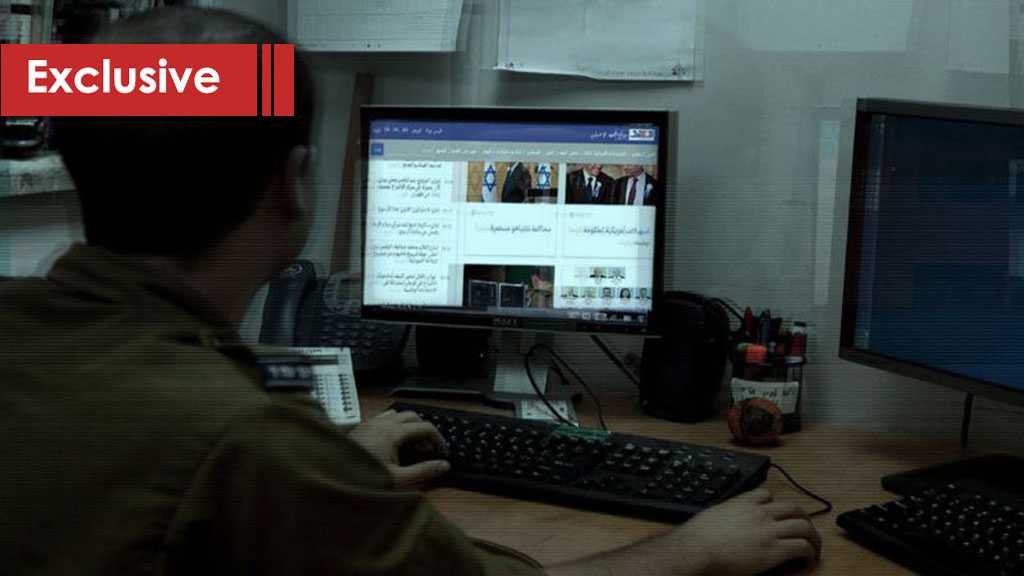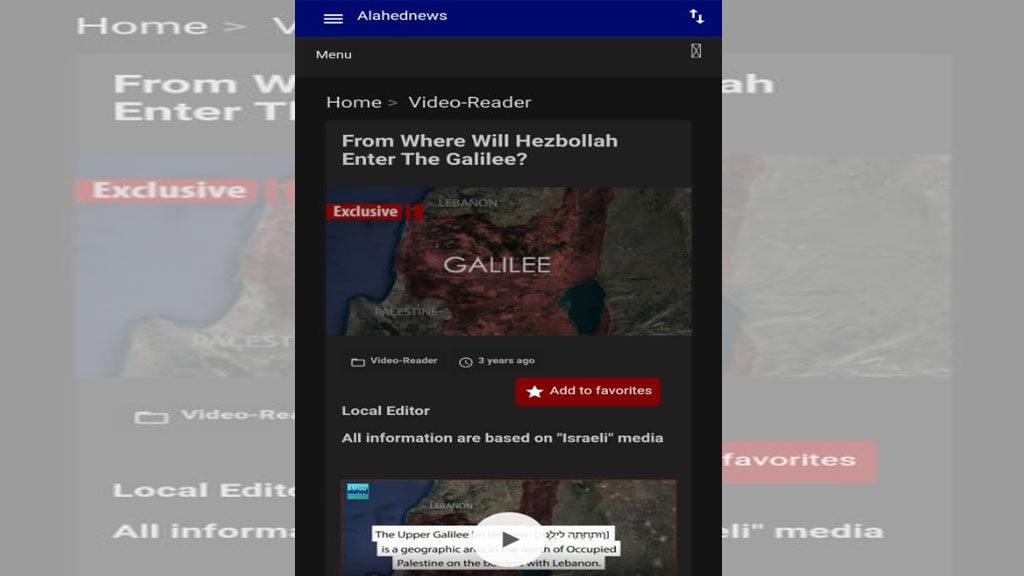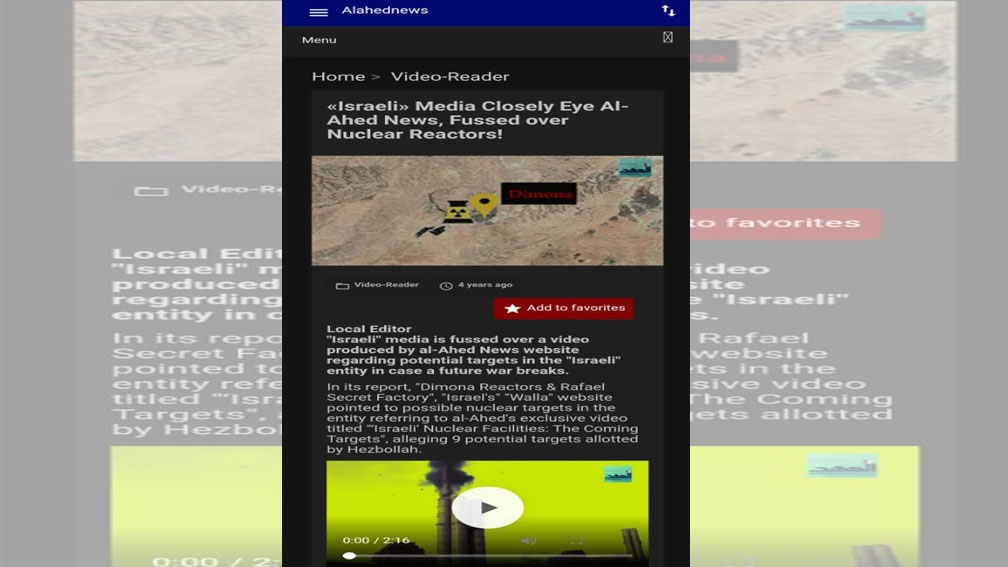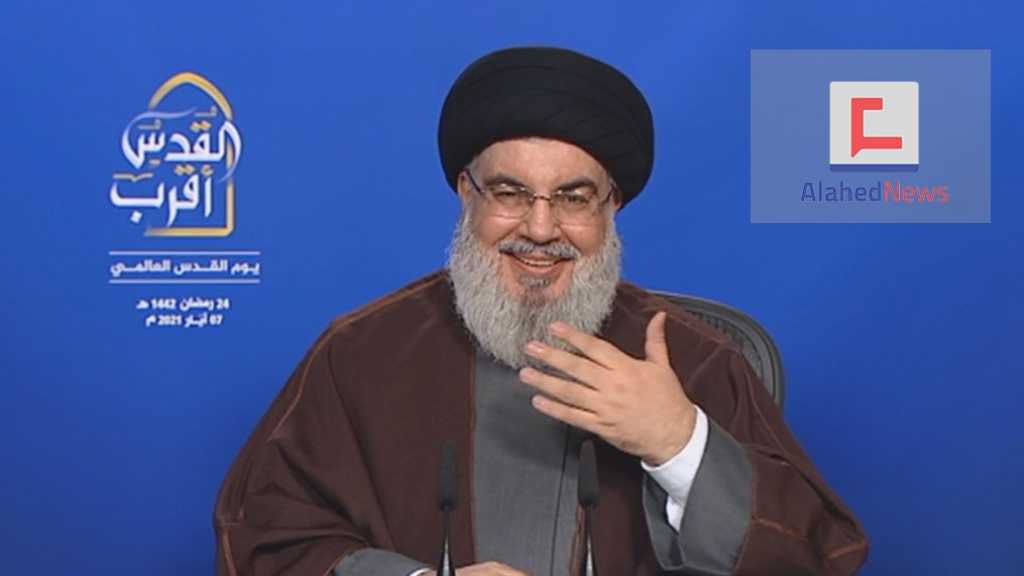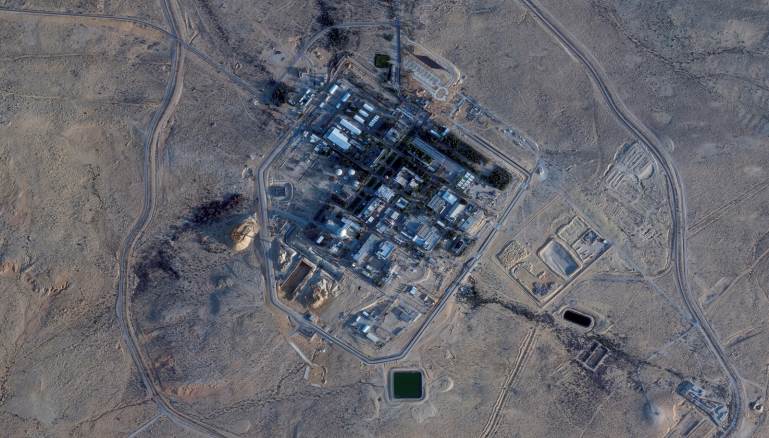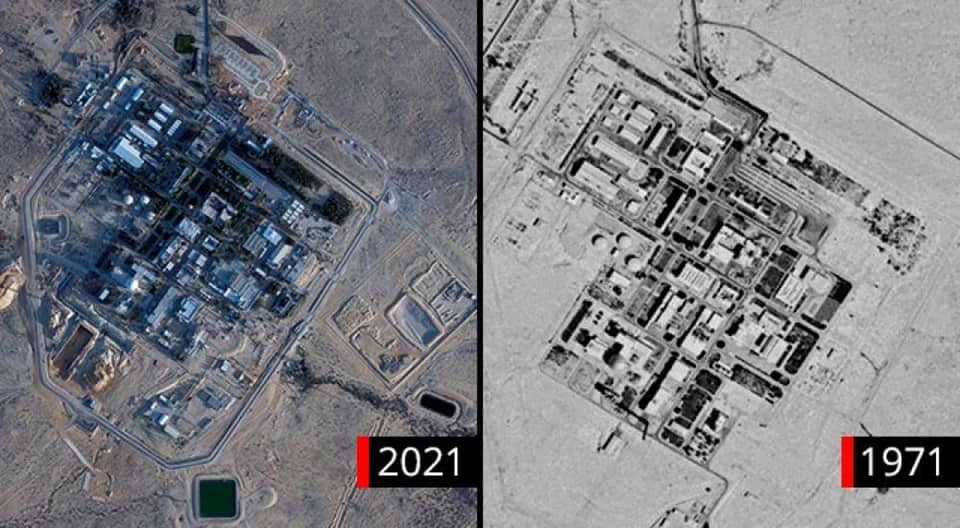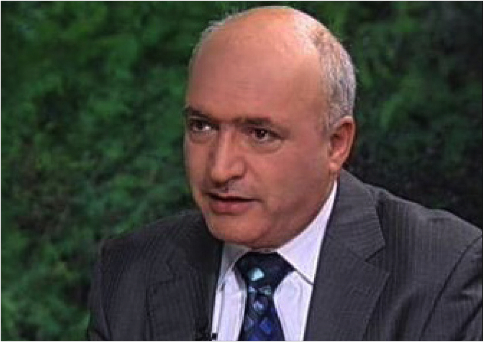Joe Biden is caught in a trap caused by his own weakness
Given the lying and fact twisting that have routinely been part and parcel of accounts of what is occurring in the Middle East, the past several weeks have nevertheless been shocking in terms of how an abysmally low standard of truth can be reduced even farther. Looking at developments objectively, one comes up with a series of facts. First of all, Israel was not at war with either Syria or Iran during the first weeks in April. Iran had never attacked Israel prior to that point and Syria last fought Israel in 1973, over fifty years ago. Israel, however, has regularly been assassinating Iranian officials and scientists and it has been frequently been bombing Syria since 2017, increasing the pace to weekly and sometimes even daily attacks over the past six months paralleling the Gaza fighting. A particularly devastating attack took place on March 29th when the Israeli military launched massive strikes against a weapons storage depot in Syria’s northern province of Aleppo which killed at least 40 people, most of them Syrian soldiers. The air strikes produced a series of explosions that also killed six Lebanese Hezbollah fighters.
But three days later on April 1st a very damaging and unprovoked attack was directed against the Iranian Embassy’s Consulate General, which was located in an upscale neighborhood in Damascus, Syria’s capital. The building was completely destroyed by missiles fired from F-35 fighter planes that had crossed over the Syrian border from Israel, killing Iranian diplomats as well as Brigadier General Mohammad Reza Zahedi and Zahedi’s deputy, General Haji Rahimi, and also Brigadier General Hossein Amirollah, the chief of general staff for the al-Quds force in Syria and Lebanon. Syria subsequently confirmed that a total of 13 people were killed in the attack, including six Syrians and a Lebanese Hezbollah militiaman. Both Iran and Hezbollah vowed revenge.
Attacking a diplomatic mission is considered a major war crime according to the Vienna Convention, but there was no condemnation of the incident coming from the US and the usual suspects in Western Europe. Instead of doing what was right by pressuring Israel to stop attacking its neighbors and thereby possibly preventing a major war in the Middle East, President Joe Biden repeated his pledge that the United States would regard as “ironclad” its commitment to guarantee Israel’s security if Iran were to strike back. This guaranteed to Israel that any action taken by it would be supported by Washington. The Biden Administration also predictably voted against a Russian and Chinese drafted UN Security Council resolution to condemn the Israeli attack on the Iranian Consulate, which was a clear violation of international law and an act of war committed by Israel. The US reportedly cast its veto vote “no” after “Diplomats said the US told council colleagues that many of the facts of what happened on Monday in Damascus remained unclear.” What was actually unclear was the fog that generally surrounds the Biden foreign policy and national security team since it was pretty transparent who was the aggressor in terms of means, motive and outcome.
When Iran did retaliate on April 13th, it carried out a carefully calibrated moderate strike against military targets intended to do damage but not cause a large number of casualties. It reportedly hit several airbases from which the Israeli fighter bombers had begun their attack on Damascus as well as an Israeli Air Force intelligence center in the formerly Syrian Golan Heights. No one was killed in spite of the 300 estimated drones and missiles that were launched, most being intercepted by Israel and its allies. But the attack nevertheless sent a message from Tehran that next time it could be much worse, both immediate in timing and “considerably more severe” than its response on Saturday night had been. Iran also claims that it attempted to prevent an escalation by warning the US about their plans, which would be passed on to Israel, that a “controlled” retaliation was coming. The Pentagon denied that it had been told anything, which may mean that Defense Secretary Lloyd Austin was asleep at his desk once again.
Not content with the outcome, Israel inevitably struck back on Friday, hitting a major airbase near Isfahan, and, to make sure no one was missed, targets in both Iraq and Syria. Iranian military sources advise however that the loud explosions heard by local residents were Iranian air defenses shooting at some flying objects, presumably drones. Per the New York Times and other accommodating media, the strike was a warning that Israel could penetrate Iranian airspace and not intended to do serious damage. The Pentagon was apparently informed shortly before the Israeli action. Iran’s counter-counter retaliation is now pending, but it is clear that Netanyahu will not be deterred by electoral considerations in the United States to stay his hand in his own counter-counter response.
And how does the United States fit into the story? The White House response to the Iranian attack on Israeli territory was inevitably completely unlike the previous uncritical response to Israel’s Consulate General attack, namely condemnation of Iran and the repetition of the usual tripe about “Israel has a right to defend itself” and the sanctity of the “ironclad” defense arrangement. Biden also attempted to cover himself against political blowback due to his licking Israeli Prime Minister Benjamin Netanyahu’s shoes in the upcoming November election by making it known that he had spoken with and advised Netanyahu, recommending not carrying out a reprisal of the reprisal, which Washington would be unable to support as it could/would lead to major escalation. Netanyahu, not fearing Biden’s displeasure, blew the advice off and he and his war cabinet made clear that they were working on a response as well as setting a timetable for invading Rafah in south Gaza, which Biden had also recommended against.
The White House completed its groveling to Netanyahu by vetoing a UN Security Council resolution on April 18th that would have advocated full UN membership status for the state of Palestine, demonstrating that kicking the Palestinians is always a good way to maintain Israeli favor! The vote was 12 (including France, Japan and South Korea) in favor, two abstentions (the shameless United Kingdom and, surprisingly, Switzerland) and an American veto. The US insisted that elevation of Palestine’s diplomatic status can only be obtained after negotiations between the Palestinian Authority and Israel. US Ambassador to the UN Linda Thomas-Greenfield absurdly raised another objection: “Right now, the Palestinians don’t have control over a significant portion of what is supposed to be their state. It’s being controlled by a terrorist organization.” She was referring to Hamas but the comment actually more correctly is applicable to Israel. In any event, a leaked White House memo had previously revealed that Biden opposes full UN membership and statehood for the Palestinians without Israel’s approval, which, of course, will not be forthcoming.
So we have Israel as the aggressor against two countries that were not declared enemies and had not attacked the Jewish state in any way in many, many years. But when Israel attacked them, committing a major war crime Joe Biden and company preferred to sit on their hands and mumble, saving their vituperation for when Iran staged a deliberately mild counter-attack as a warning. That is called hypocrisy, to turn things on their head to provide the answer that one wants to see and it applies equally to Biden accusing the Russians of “illegal occupation” in Ukraine while Israel’s theft of Syria’s Golan Heights and ongoing seizure of the West Bank goes unchallenged by Washington. And the pushback against Iran is unlikely to diminish very soon as the Jewish controlled US Congress also has the bit between its teeth to demonstrate how much it loves Israel. Congressman Steve Scalise, GOP House Majority Leader, has announced that “In light of Iran’s unjustified attack on Israel, the House will move from its previously announced legislative schedule next week to instead consider legislation that supports our ally Israel and holds Iran and its terrorist proxies accountable. The House of Representatives stands strongly with Israel, and there must be consequences for this unprovoked attack.” Over at the Senate Senator Tom Cotton of Arkansas is advocating punishing Iran by beating on its possible friends in the US, physically attacking folks who are demonstrating in support of the Palestinians. Cotton said that the “pro-Hamas criminals” should be confronted by angry citizens who “take matters into [their] own hands” and confront the offenders, endorsing the use of force against peaceful demonstrators.
But there is also the back story behind why Israel likely attacked the Iranians in Syria in the first place. I and a number of other observers immediately after the Israeli attack assumed that the Jewish state had staged a deliberate over-the-top provocation to draw Washington into its wars. Just as in the case of the October 7th Gaza attack by Hamas, which Israel had full knowledge of and let happen, Netanyahu sought to create a situation in which it would goad Iran into being forced to retaliate to force an “ironclad” Biden to protect its “ally” by taking on Iran directly.
Why did Israel do it beyond the obvious desire to destroy Iran just like it is destroying the Palestinians? It was done because Israel has likely become aware that it is viewed as the world’s greatest pariah state due to its genocide in Gaza, to include the recent horrific killing of hundreds of Palestinians in the Al-Shifa hospital in Gaza as well as the targeted assassination of seven employees of a charity that was bringing in food to those starving due to Israel’s blocking the entry of relief supplies. And also because Israel is actually not winning its war against Hamas, it needed to shift the narrative to something different. That would be using its time-honored technique of making itself once again the “victim” in confronting a powerful new enemy, Iran, which would make the problem of bad public relations with the world over Gaza be in part mitigated.
A shift in the story would also presumably bring with it the expected help from the United States and its European allies to do the hard work in killing Iranians. And the trick seems to have worked, predictably. Prime Minister Rishi Sunak of Britain has been recently facing demands to cut off arms shipments to Israel because of the devastating death toll in Gaza, but on the following Monday, he was able to salute the British warplanes that had shot down some Iranian drones sent by Iran to attack Israel. It was a telling example of how Israel has been able to scramble the equation in the Middle East. Faced with a intensively publicized barrage of Iranian missiles, Britain, the United States, France and others rushed to help the Israelis who had in fact started the conflict. The United States is also currently planning on increasing the pressure on Iran through a series of tough new sanctions being prepared by Treasury Secretary Janice Yellen, saying “Treasury will not hesitate to work with our allies to use our sanctions authority to continue disrupting the Iranian regime’s malign and destabilizing activity.” Yellen notably did nothing when Israel committed a major war crime in its attack on the Iranian Consulate General in Damascus, nor has she supported sanctions over the Israeli Gaza genocide. She is, of course, Jewish. More aid for the Jewish state is also still waiting for a congressional vote to approve the $14 billion currently in the pipeline, with Washington Report claiming that this year’s total US aid to Netanyahu will likely exceed $25 billion “in direct costs related to its fervent support for Israel.”
Right now, the dilemma for the US government will be that it must pull out all the stops in supporting Israel or face inter alia retaliation by the Israel Lobby working through its donors and media resources to defeat Biden in November. And there hovers in the peripheries of one’s mind the worse grim possibility that Israel, if rebuffed by its “allies,” will use its secret nuclear arsenal to blow up the Middle East and presumably a large chunk of adjacent areas in Europe and Asia as well. There are stories already circulating suggesting that the Israeli nuclear reactor at Dimona might have been an Iranian target and that Israel is right now preparing to take out Iranian nuclear research sites. Netanyahu is calling the shots while a befuddled White House looks on. Israel has baited a trap and Joe Biden has stepped right into it.
Philip M. Giraldi, Ph.D., is Executive Director of the Council for the National Interest, a 501(c)3 tax deductible educational foundation (Federal ID Number #52-1739023) that seeks a more interests-based U.S. foreign policy in the Middle East. Website is councilforthenationalinterest.org, address is P.O. Box 2157, Purcellville VA 20134 and its email is inform@cnionline.org.
- Gaza Strikes Back
- Israel’s Quest for a Palestinian-free Palestine Continues
- The United States Vetoes Yet Another UN Humanitarian Ceasefire Over Gaza
- The Antisemitic Moment
- War and Peace in an Ocean of Lies
- War and Peace in an Ocean of Lies
- More Deaths in Gaza
- Israel’s Quest for a Palestinian-free Palestine Continues
- Where Does Israel-Gaza Go from Here?
- Israel Uber Alles?
Filed under: "Israel", Britain, Lebanon Islamic Resistance - Hezbollah, Syria, Syria Golan Heights, The Islamic Republic of Iran, UN Security Council (UNSC) | Tagged: Alquds force, Arab world, Assassinated Brigadier General Mohammad Reza Zahedi, Benjamin Netanyahu, Besieged Gaza Strip., F-35, Hamas Resistance movement, Israeli Dimona reactor, Philip Giraldi, Secretary of Defense Lloyd Austin, The al-Shifa Medical Complex in Gaza, US Foreign Policy, US President Joe Biden’s administration, US vetoes | 1 Comment »












